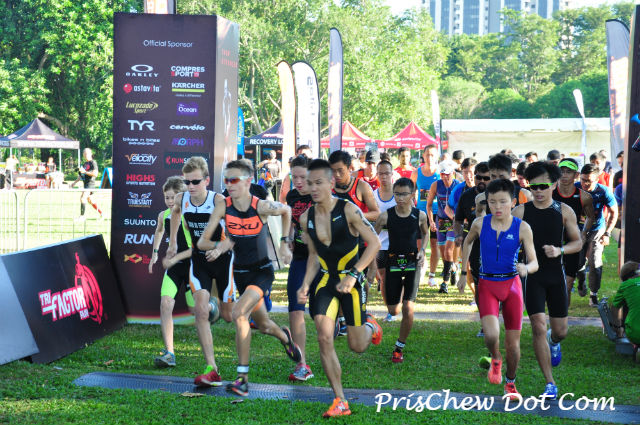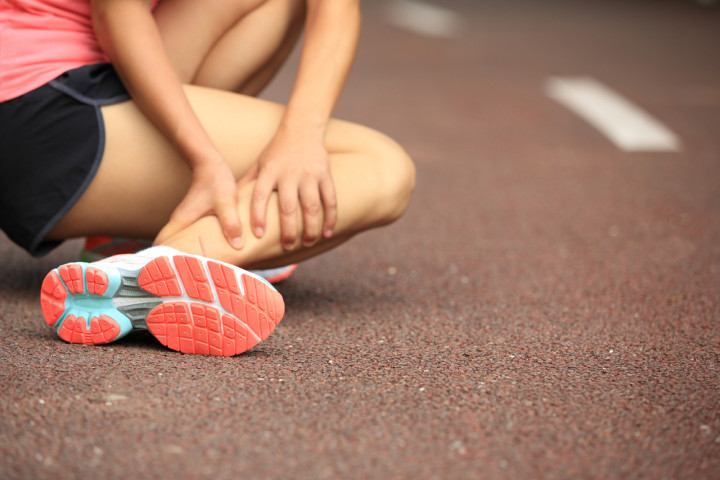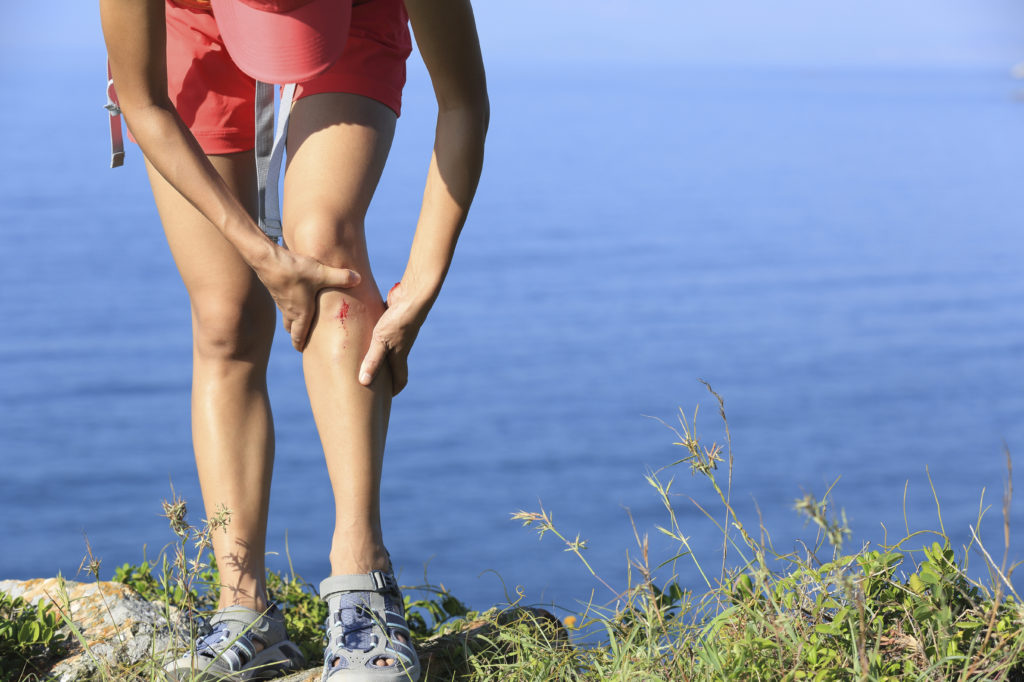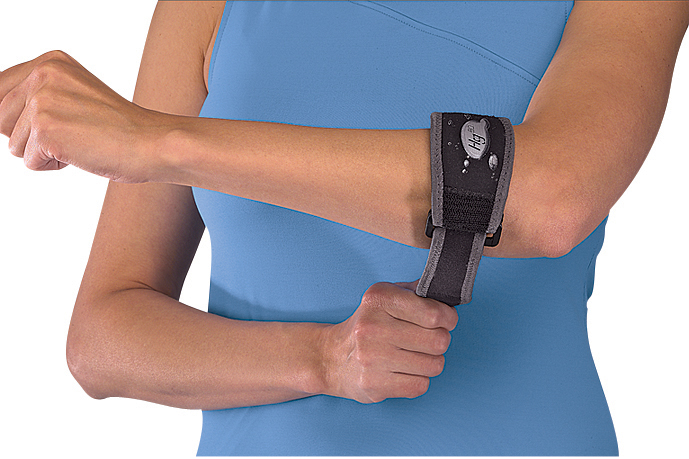Athletes don’t like taking time off from their sport. But when you are injured though, it is important to give your injury the time that it needs to heal, rather than resuming your sports activity as soon as possible, and risking possible re-injury as a result.
Every time you step out and do your sport, there is the possibility of injury. Repeated wear and tear on the body adds up, leading to excessive stress on the muscles and joints; this makes it hard to discern good pain from bad, including dull aches and fatigue. For example, if you find yourself struggling through the last few run interval reps, it may seen like a good idea then, to complete the interval sets, but in the long run, may comprise your running progress.

Athletes do not like taking time off from their sports.
Brought to you by Dr Michael Soon, an orthopaedic surgeon working at Mount Elizabeth Hospital as well as Parkway East Hospital, here are five common sports injuries and the average time that it takes to recover from each one.
Ankle Sprain

Ankle Sprains are caused by running on uneven terrain.
Caused by accidents or running on uneven terrain, ankle sprains generally happen when you roll your foot, causing the ligaments to stretch beyond its limit and tear. In a healthy person, the ligaments hold the bones of your ankle together but allow for some movement. But if there is too much movement in an abnormal way, the ligaments will tear.
Most ankle sprains take 12 weeks to heal.
To treat an ankle sprain, apply the RICE method (rest, ice, compression, elevation) at the point of injury. Surgery is only used as a treatment for severe sprains or if the ankle continues to remain unstable even after healing, or if there are simultaneous injuries such as cartilage tears or bone chips.
Hamstring pull
The hamstring muscles can tear when the athlete is overusing or overstitching the muscle. They tear when the person kicks out their leg too sharply or due to abrupt and sudden deceleration in running. This causes the hamstrings to get overloaded and overstretched.
This injury takes between three to six months to heal, depending on the severity of the tear. Sometimes though, one year of downtime is needed – but this is usually if the athlete returns to their sport too early, or due to inadequate physiotherapy techniques. To prevent repeated injury, the athlete needs to work on rebuilding the muscle involved.
Surgery may however be needed to repair and reattach the muscles, in severe cases.
Shin Splints

Shin Splints
This is a cumulative stress disorder on the bones, muscles and lower leg joints and is described as pain along the inner edge of the shinbone. The pain is generally concentrated in the lower leg and the ankle.
This is a common injury amongst runners, when they pile on the mileage too quickly or change the surface that they are running on. But when you fall victim to this injury, you will need to identify the root cause – that is, whether it could be due to piling on the mileage too fast, the surface that you have been running on, or your running stride. You must take action before it develops into a stress fracture.
Shin splints will typically get better by themselves in a few days with rest and limited activity. But if it is not recognised early, it will persist.
Surgery may be needed if the shin splints develop into a stress fracture.
ACL Tear
The ACL (anterior cruciate ligament) links the femur and tibia and helps to stabilise the knee. ACL injuries typically occur in sports that involves sudden stopping, jumping or direction changes, such as football, tennis and skiing.
To treat this injury, surgery is needed in order to safety return to the sport. But if you are willing to give up your sport, then there is a chance that you can regain your mobility without surgery.
Medical treatment begins with several weeks of post-surgical rehabilitation and your rate of recovery depends on the severity of this injury. Rehabilitation generally focuses on returning motion to the affected joints and muscles, and then after that, a strengthening programme in order to protect the new ligament, before a functional return tailored for the sport that the athlete wants to get back into.
Tennis Elbow

Tennis Elbow.
This is a painful injury brought about by the overuse of the arm, forearm and hand muscles, as a result of repetitive motions of the wrist and the arm.
This can take three to 12 months to heal completely, depending on the severity. It usually heals on its own without surgery. But it is important to completely rest to allow the tendons and muscles to make a full recovery, and at the same time to follow the instructions of a qualified physiotherapist.
If after 12 months, though, if there is no improvement, then surgery may be necessary to remove damaged tissues to allow you to fully recover and return to your sport.
For more information
For more information, go to: https://www.mountelizabeth.com.sg/healthplus/article/how-long-does-a-sports-injury-take-to-heal

Leave a Comment